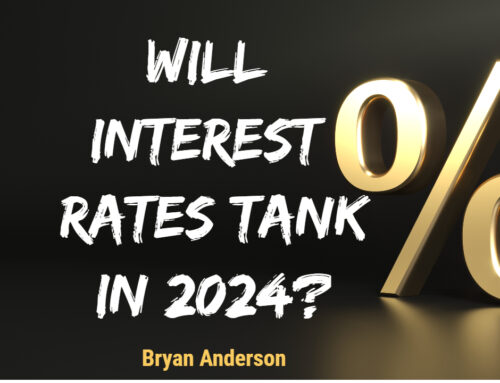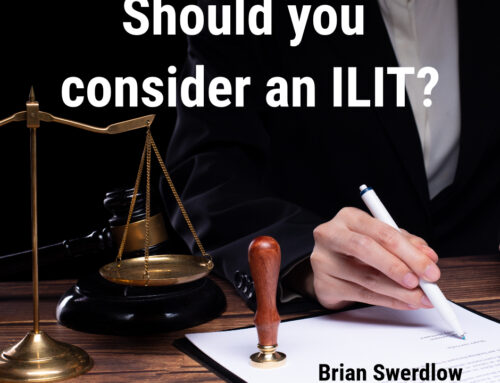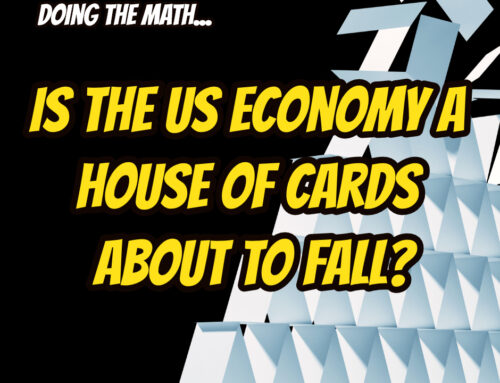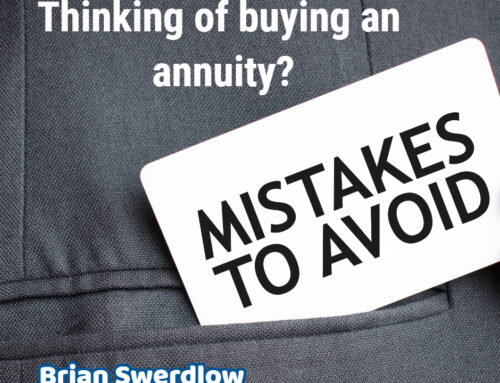“Silver and gold, silver and gold. Everyone wishes for silver and gold. How do you measure its worth?- Silver and Gold, sung by Burl Ives.
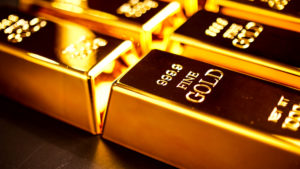
By Eric Coons
My purpose for writing this is to encourage those concerned about the fate of the dollar and other global currencies to educate themselves more about precious metals, especially silver. Right off the reel, I am not encouraging you to invest in ANYTHING. Don’t put your money into any product or asset unless you’ve had a serious discussion with your financial advisor. You don’t want to do it yourself in these troubled times.
Like many financial advisors and investors, I am troubled by the economy’s direction. And, while I advocate for safer portfolios for those within 5-10 years of retirement, I also understand my clients’ emotional needs regarding their savings. They want hedges against inflation, the safety of their principal, moderate, sane growth, and liquidity. Many also need to feel they can untether themselves from the digital world and fiat currencies and gain more control of their finances. For me, nothing fills my psychological need for tangible assets better than a hefty sack of real money (i.e., silver or gold).
Fiat currencies have a long and inevitable history of eventual failure. Fiat money relies heavily on perception and is only valuable if people are willing to accept it as a medium of exchange. When enough people stop believing in paper money, precious metals become more desirable and esteemed as true stores of value that are easily transferable and liquid. Before Gutenberg invented the printing press and we had fiat currencies and central banking, gold and silver were the most widely-accepted stores of value. Gold and silver backed nearly all fiat currencies.
In the 21st Century, we’ve even seen central banks buying tons of precious metals to help bolster their weakened fiat money and provide more financial freedom. They, above anyone else, know the need for a currency under-girded by more than just empty promises.

Precious metals can help you through current and future economic upheavals.
Starting shortly after the COVID-19 pandemic, values of fiat currencies and stocks began experiencing wild fluctuations. The stomach-churning market turbulence caused many investors to rethink the potential benefits of adding precious metals such as silver and gold to their asset portfolios.
Gold and other precious metals may provide some safety during unpredictable, imploding markets, offsetting some negative impacts of government fiscal policies, such as quantitative easing or QE.
We’ve seen a lot of QE action over the past few years as central banks pump more and more money into the economy by doing things such as buying government bonds. And we’ve also experienced the crushing inflation that occurs when a country has too much money in circulation. Physical precious metals may assist individual investors in beating back such assaults on their savings. Because they are not issued by a single authority and thus cannot go into default, precious metals are trusted assets against systemic volatility and rising inflation.
Another positive aspect of owning precious metals is that, unlike other types of investments, precious metals aren’t subject to the many regulatory limitations imposed on other investments. A plethora of rules and regulations bogs down stock purchases and sales and may hinder the efficiency and agility of ETFs, shares, or “paper” gold, which is only as good as the company issuing it. For these and other reasons, seasoned investors are inclined to stock up on physical silver and gold during times of economic distress.

Precious metals can create the ultimate legacy.
Precious metals and cryptocurrencies are indeed volatile, and it is impossible to time that market precisely. However, long-term thinkers prefer to protect their savings and grow them over time. A long-term mindset understands that gold and silver are not only exceptional hedges against stock market downturns and contribute to portfolio diversity but are also sensible and potentially profitable asset classes for the future.
Most wealthy people regard precious metals as a necessary tangible asset that will help protect their wealth and their family’s future. Precious metals are an ideal way of passing wealth through generations since they appreciate over time and may be redeemed with minimal hassles and costs. If you are using precious metals in estate planning, you will need to partner with an expert to ensure that these assets fit into your overall estate planning.
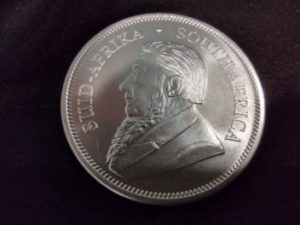
How to add precious metals to your portfolio
After talking to your retirement income planner, CPA, or other professional, you may choose to include precious metals in your planning and now must decide how to secure your investment.
Physical custody is probably the most popular method, especially for those just getting started in metals investing.
When acquiring gold, silver, or other precious metals, you should always use an established, well-known company that deals with only the most reputable mints. Seek recommendations from friends and family members who invested in metals to find a broker you can trust. Online reviews may be useful in locating a trustworthy dealer. However, it would be best if you didn’t rely on reviews alone, as they can be manipulated or skewed.
You might consider starting with silver if you don’t have much discretionary cash to put into gold or platinum. Many experts believe silver to be undervalued, especially in modern times, when it has become more deeply tied to the global economy.
Silver has thousands of industrial applications; half of all silver mined is used by technology companies and manufacturers. Silver is the perfect reflector of visible light and is used to make mirrors and jewelry. This metal is essential to solar panel cells, cell phones, electrical contacts, and batteries.
There is a downside risk, however, since silver is also much more sensitive to changes in economic downturns and upticks than gold. However, silver values have historically increased more than gold when the dollar is falling, and inflation is rising.
If you happen to be a smaller retail investor, you may like that silver is much cheaper than gold, making it more accessible. Those investors just starting to build portfolios may find it a better initial investment choice.
Bottom line: Like all fiat currencies, the dollar is rapidly losing its purchasing power and may grow even weaker in the future. If the dollar ever loses its current status as the world’s reserve currency, which seems likely to me, then there is no telling how valuable precious metals could become.
Precious metals such as gold and silver can be volatile, and downside risk is always possible. However, metals also offer benefits to investors, such as being solid stores of value, offering more liquidity and flexibility than other asset classes, and offsetting inflation risk. Throughout time, gold and silver have been reliable hedges against inflation. I don’t see indications that now is any different.


